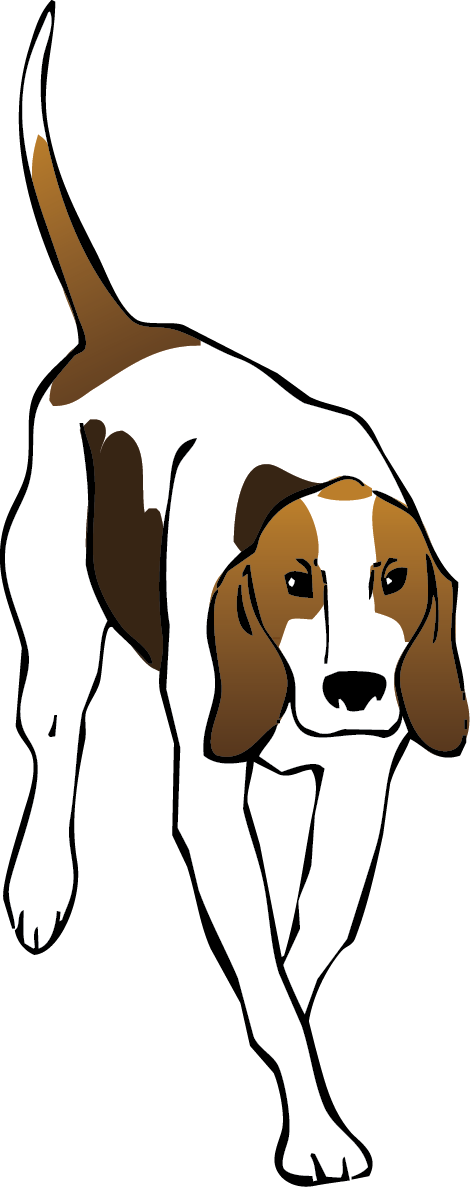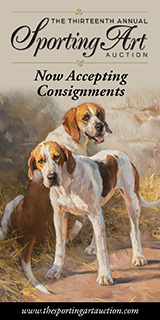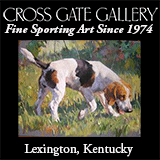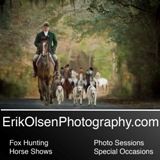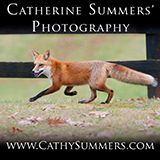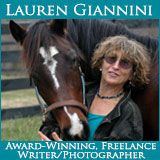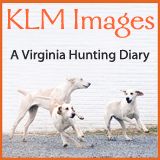ivan dowling
The Cheshire Crossbred: A Bold Gamble
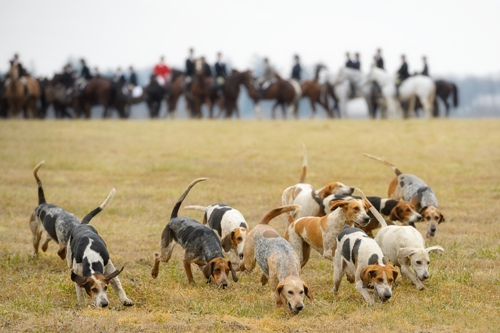 The new Cheshire Crossbreds combine the best traits of two disparate foxhound types / Jim Graham photo
The new Cheshire Crossbreds combine the best traits of two disparate foxhound types / Jim Graham photo
When an established hunt with a reputation for showing the best of sport to the best of horsemen in the best of countries comes up with a novel idea for breeding a better foxhound, and sees it through to fruition and success, one has to pay attention.
The venerable—one hundred years this season—Mr. Stewart’s Cheshire Foxhounds in Unionville, Pennsylvania traditionally hunted the Old English foxhound under the hunt’s founder W. Plunket Stewart and the active Mastership of his step-daughter, the late Mrs. John (Nancy Penn Smith) Hannum. Masters and members know the breed very well.
Ireland’s County Galway Foxhounds (The Blazers), another venerable hunt renowned for showing world-class sport, also hunts the Old English foxhound. Cheshire huntsman Ivan Dowling grew up following the Blazers, and he too knows the Old English foxhound very well.
History and familiarity notwithstanding, seven years ago the Cheshire Masters and their Galway-born huntsman Dowling decided to continue a breeding experiment begun two years earlier by former huntsman John Tullock. They committed to the notion of crossing the English foxhound with the Penn-Marydel foxhound—two disparate types—in the hope of making a better foxhound for their country. This was a chancy endeavor, understandably fraught with controversy within the hunt.
Cheshire Centennial Meet at Brooklawn
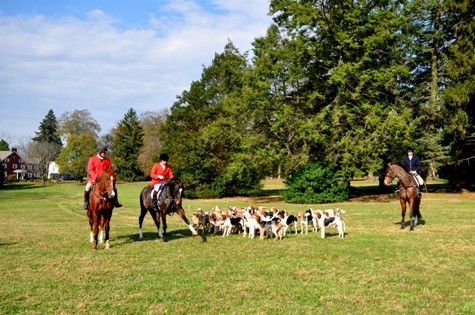 Cheshire Honorary Whipper-In Paddy Neilson, Huntsman Ivan Dowling, and professional whipper-in Stephanie Boyer at Brooklawn / Noel Mullins photo
Cheshire Honorary Whipper-In Paddy Neilson, Huntsman Ivan Dowling, and professional whipper-in Stephanie Boyer at Brooklawn / Noel Mullins photo
Mr. Stewart’s Cheshire Foxhounds (PA), founded in 1912, are celebrating their Centennial this season. W. Plunkett Stewart, a Philadelphia banker, set out to find the perfect hunting country and settled on the rolling hills, rich pastureland and extensive woods around Unionville. As what in modern terms could be classed as a committed environmentalist, he purchased thousands of acres of land and, before reselling, amended deeds to restrict development and nurture conservancy, clean water, and natural habitat. As a result of his efforts and the culture of conservation he passed on, the Cheshire hunting country today boasts thirty square miles and twenty-six thousand acres free from ribbon residential and commercial development that has allowed foxhunting and National Hunt racing to thrive.
